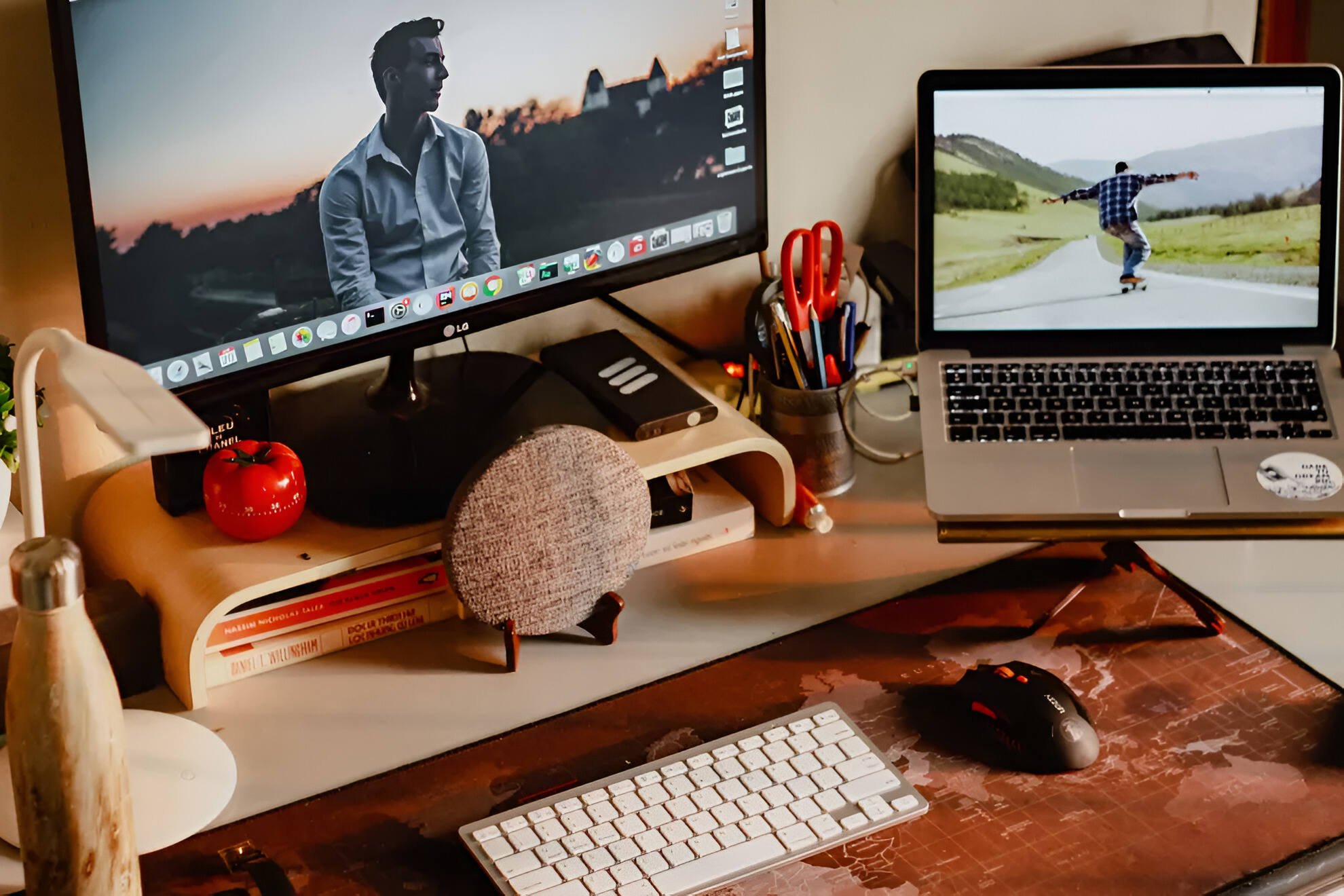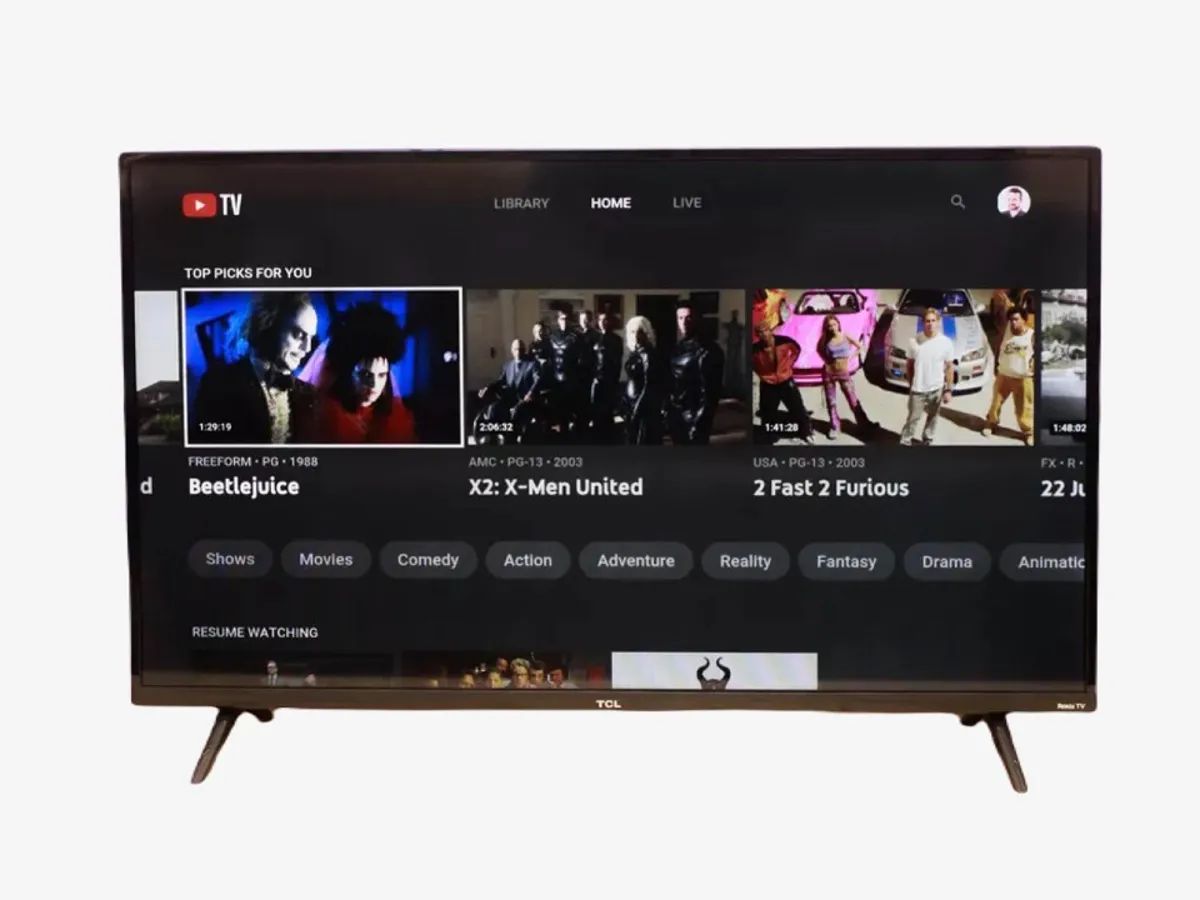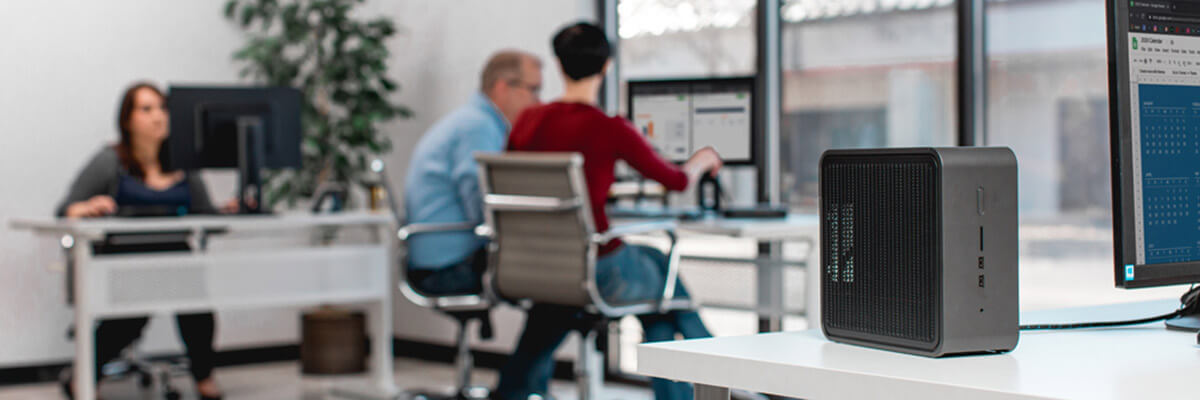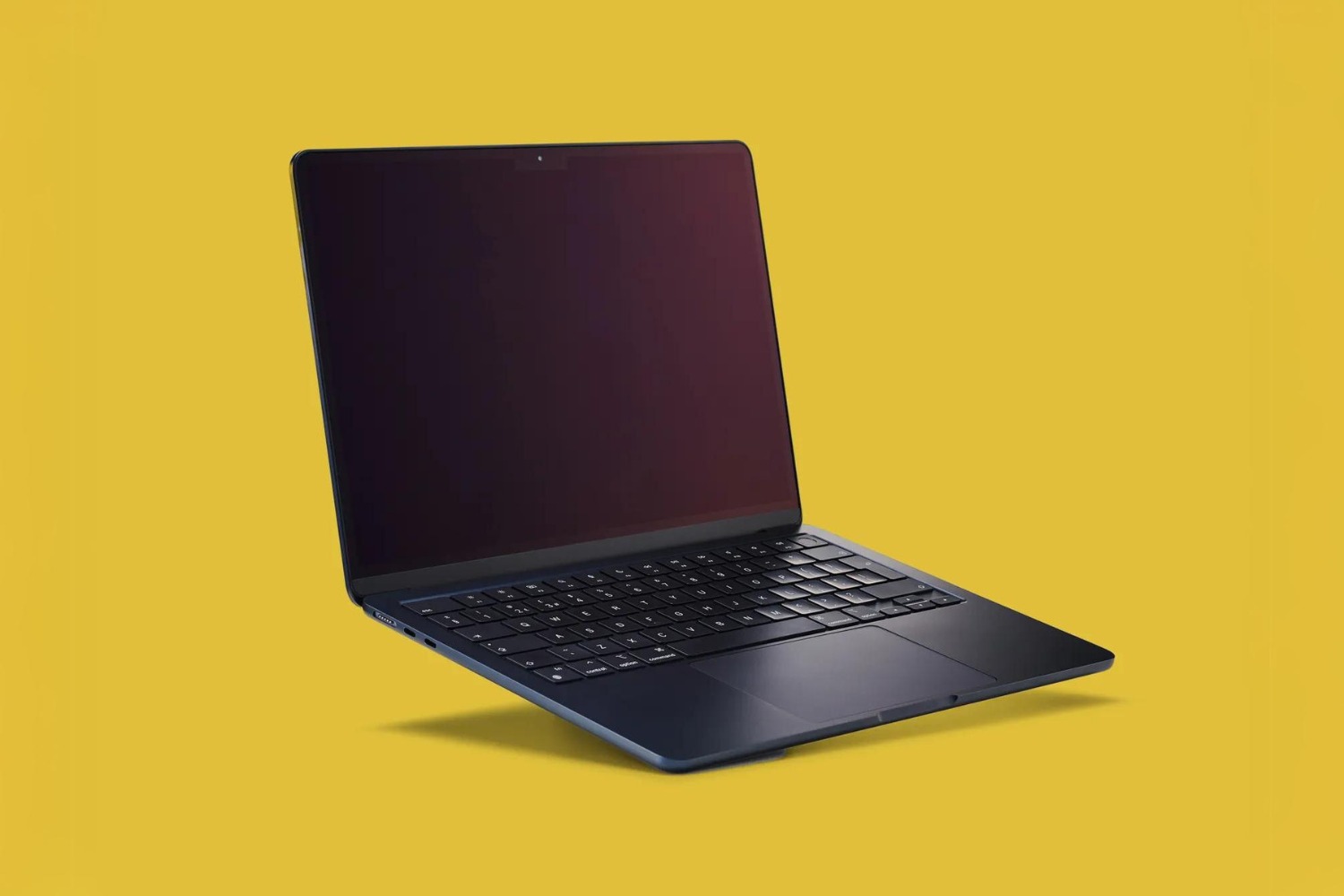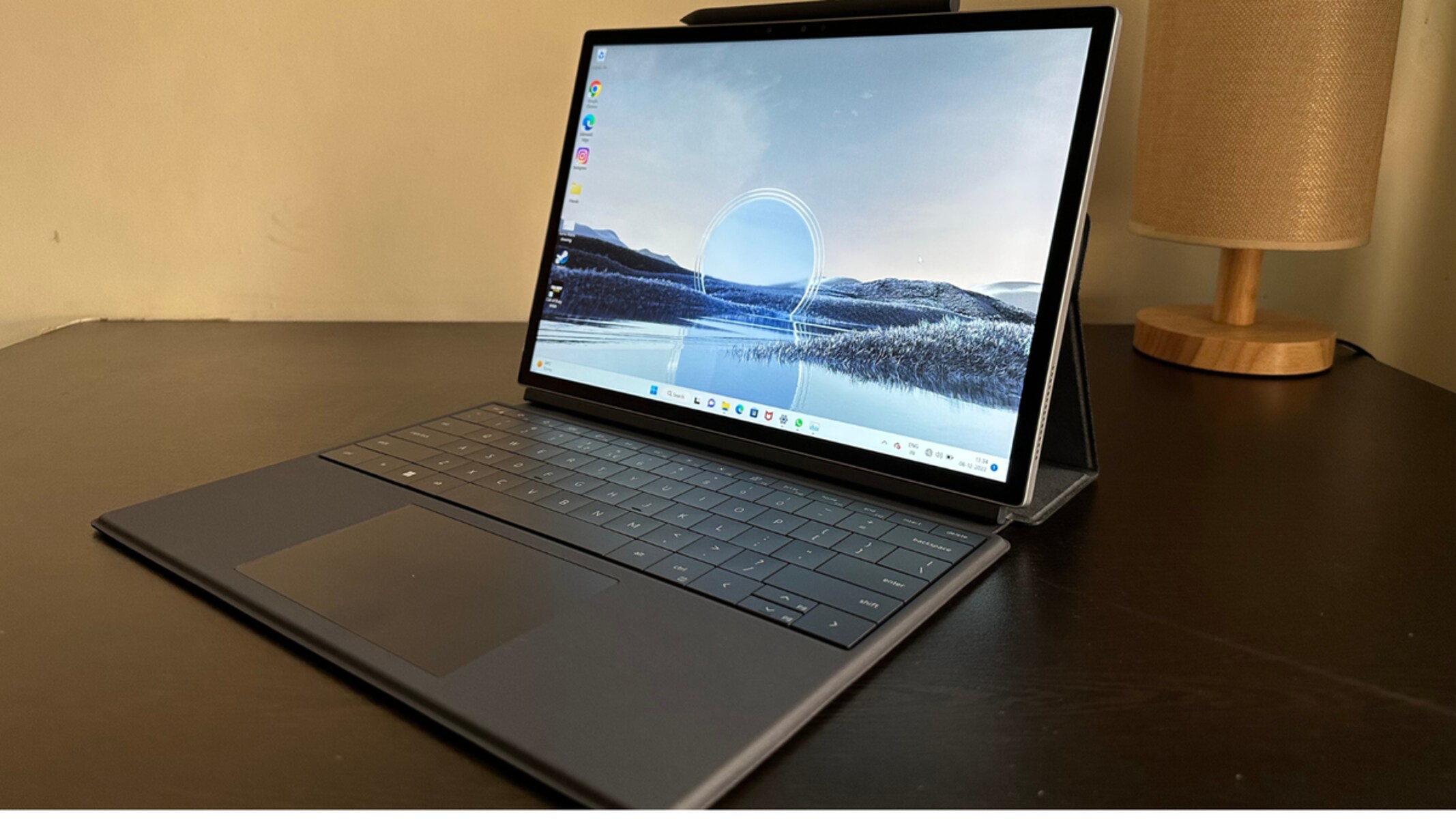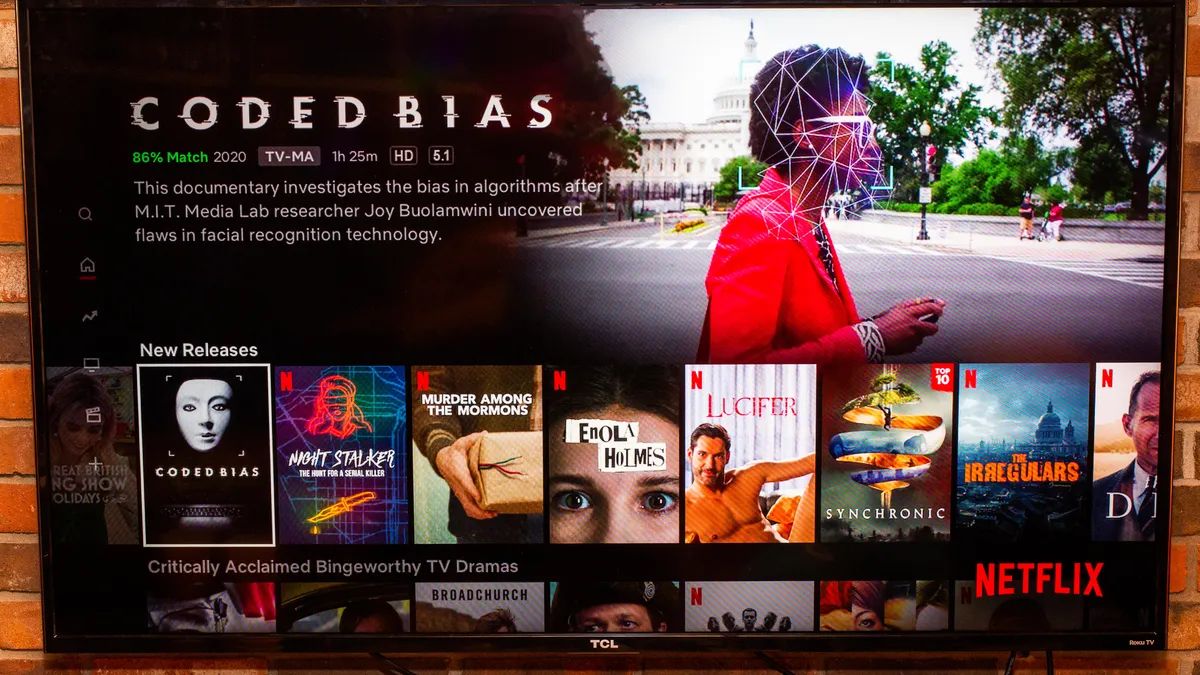Introduction
Welcome to the world of technology where possibilities are endless. If you own both a laptop and an all-in-one PC, you may be wondering if there’s a way to make your all-in-one PC function as a second screen for your laptop. The good news is that it is indeed possible, and I’m here to guide you through the process. By following a few simple steps, you can transform your all-in-one PC into a screen only for your laptop.
Having a second screen can greatly enhance your productivity and multitasking abilities. Imagine being able to extend your laptop’s display onto a larger screen, allowing you to view multiple windows side by side, edit documents while referencing online resources, or even watch a video while working on a project. With the help of your all-in-one PC, you can achieve this and more.
Before we dive into the steps, it’s important to note that not all all-in-one PCs are capable of functioning as a standalone monitor. You’ll need to ensure that your all-in-one PC has the necessary connectivity options and functionality to support this. Once you’ve confirmed compatibility, you can proceed with the following steps to set up your all-in-one PC as a screen for your laptop.
Step 1: Ensure Compatibility
The first step in making your all-in-one PC a screen for your laptop is to ensure compatibility between the two devices. Not all all-in-one PCs have the capability to function as a standalone monitor, so it’s important to check if your device has the necessary features.
Start by examining the ports available on your all-in-one PC. Look for an HDMI input or a DisplayPort input. These are common ports that allow you to connect an external device, such as your laptop, to your all-in-one PC. If your all-in-one PC does not have these ports, it may not support the screen-only functionality.
In addition to the necessary ports, you should also check if your all-in-one PC has a built-in display switch feature. This feature allows you to toggle between different inputs and select the one you want to use as the primary display. Refer to your all-in-one PC’s user manual or consult the manufacturer’s website to determine if this feature is available.
Another important consideration is the operating system compatibility between your laptop and all-in-one PC. Ensure that both devices are running compatible operating systems, such as Windows or macOS. This will ensure seamless integration and compatibility when connecting the two devices.
Once you’ve confirmed that your all-in-one PC has the necessary ports, display switch feature, and operating system compatibility, you’re ready to move on to the next step and connect your laptop to your all-in-one PC.
Step 2: Connect the Laptop to the All-In-One PC
Now that you’ve ensured compatibility between your laptop and all-in-one PC, it’s time to establish a physical connection between the two devices. To do this, you’ll need an appropriate cable or adapter based on the available ports on both devices.
If both your laptop and all-in-one PC have HDMI ports, you can simply use an HDMI cable to connect the two devices. Plug one end of the HDMI cable into the HDMI output port on your laptop and the other end into the HDMI input port on your all-in-one PC.
If your laptop has a different port, such as a USB Type-C or Thunderbolt, you’ll need to use a corresponding adapter or cable to connect it to the HDMI input port on your all-in-one PC.
Once the physical connection is established, power on both your laptop and all-in-one PC. Make sure your laptop is logged in and functioning as expected.
Next, navigate to the input selection menu on your all-in-one PC. This menu allows you to choose the source of the display input. Use the menu to select the HDMI input port where your laptop is connected. Once selected, your all-in-one PC should recognize the laptop and display its screen as a second monitor.
Keep in mind that the specific steps to access the input selection menu may vary depending on the make and model of your all-in-one PC. Refer to your user manual or manufacturer’s website for detailed instructions.
With the laptop successfully connected to the all-in-one PC, you’re now ready to move on to the next step: configuring the connection settings.
Step 3: Configure the Connection Settings
Once you have connected your laptop to the all-in-one PC, it’s important to configure the connection settings to ensure optimal display performance. This will help you achieve the best resolution, refresh rate, and overall viewing experience.
Start by accessing the display settings on your laptop. This can typically be done by right-clicking on the desktop and selecting “Display settings” or through the control panel or system preferences, depending on your operating system.
In the display settings, you’ll be able to adjust various parameters such as screen resolution, orientation, and scaling. It’s recommended to set the screen resolution to match the native resolution of your all-in-one PC’s display for the best image quality. If you’re unsure about the native resolution, you can refer to the manufacturer’s specifications or experiment with different resolutions to find the one that looks the best.
Additionally, you may want to configure the display orientation to ensure that the screen is aligned correctly. You can choose between landscape (horizontal) or portrait (vertical) orientation based on your preference and the physical setup of your all-in-one PC.
Another important setting to consider is the scaling. Adjusting the scaling can help ensure that the content on your laptop’s screen is properly sized and fits well on the all-in-one PC’s display. Play around with the scaling options to find the setting that looks the best and is comfortable for your eyes.
After configuring the display settings on your laptop, navigate to the control panel or settings menu on your all-in-one PC. Look for any specific display settings or options related to the HDMI input. Depending on your all-in-one PC’s software, you may be able to adjust parameters such as brightness, contrast, and color settings to optimize the display appearance.
Take some time to calibrate the display on your all-in-one PC to match your preferences. This will help ensure that the colors and overall visual experience are consistent across both devices.
Once you have completed configuring the connection settings on both your laptop and all-in-one PC, you’re almost there. The next step will guide you through disabling the touch functionality on your all-in-one PC to fully utilize it as a screen-only device.
Step 4: Adjust Display Settings on the Laptop
Now that you have successfully connected your laptop to the all-in-one PC and configured the connection settings, it’s time to fine-tune the display settings on your laptop to ensure optimal viewing experience.
Start by accessing the display settings on your laptop. This can usually be done by right-clicking on the desktop and selecting “Display settings” or through the control panel or system preferences, depending on your operating system.
Once you’re in the display settings, you’ll find various adjustment options. One important setting to consider is the screen resolution. Adjust the resolution to match the native resolution of your all-in-one PC’s display for the best image quality. If you’re not sure about the native resolution, you can refer to the manufacturer’s specifications or experiment with different resolutions to find the one that looks the best.
In addition to resolution, you may also have options to adjust the screen orientation, scaling, and refresh rate. Orient the screen in landscape or portrait mode depending on your preference and how you have physically set up your all-in-one PC.
The scaling option allows you to adjust the size of the content on your laptop’s screen to fit well on the all-in-one PC’s display. Play around with different scaling settings to find the one that provides a comfortable and visually pleasing experience.
Finally, consider adjusting the refresh rate of your laptop’s display. This determines how many times the screen refreshes per second. Higher refresh rates can enhance the smoothness of motion and reduce screen flickering. However, keep in mind that the maximum refresh rate will depend on the capabilities of both your laptop and all-in-one PC.
Take advantage of any additional display settings or features that may be available on your laptop, such as color calibration or image adjustment options. These can help you fine-tune the visuals and achieve a more accurate and pleasing display.
Once you have made the necessary adjustments to the display settings on your laptop, you’re almost ready to fully utilize your all-in-one PC as a screen-only device. The next step will guide you through disabling the touch functionality on the all-in-one PC to prevent any unwanted interactions.
Step 5: Disable the Touch Functionality on the All-In-One PC
As you have configured the display settings on both your laptop and all-in-one PC, it’s important to disable the touch functionality on the all-in-one PC to prevent unintended interactions while using it as a screen for your laptop.
The specific steps to disable touch functionality may vary depending on the make and model of your all-in-one PC. However, here are some general guidelines to follow:
1. Start by accessing the control panel or settings menu on your all-in-one PC. Look for the “Touch” or “Tablet” settings.
2. Once you have located the touch settings, you should find an option to disable the touch functionality. This option may be labeled as “Touchscreen,” “Enable touch,” or “Tablet mode.”
3. Click on the option to disable the touch functionality. You may be prompted to confirm your selection or restart your all-in-one PC for the changes to take effect.
4. After disabling touch functionality, your all-in-one PC will no longer respond to touch input. This ensures that you can only interact with the screen through your laptop, offering a seamless and distraction-free experience.
Remember that disabling touch functionality may vary depending on the operating system installed on your all-in-one PC. Additionally, some all-in-one PCs may have physical buttons or switches to disable touch input. Refer to your all-in-one PC’s user manual or consult the manufacturer’s website for detailed instructions specific to your device.
By disabling the touch functionality on your all-in-one PC, you can fully utilize it as a screen-only device, enjoying the expanded display size and improved productivity it offers.
Once you have completed this step, you’re ready to utilize your all-in-one PC as a screen for your laptop and reap the benefits of an extended workspace.
Step 6: Enjoy Using Your All-In-One PC as a Screen for Your Laptop
Congratulations! You have successfully set up your all-in-one PC as a screen for your laptop. Now it’s time to sit back, relax, and enjoy the enhanced productivity and immersive experience that comes with having a larger display.
With your laptop connected and the display settings configured, you can now seamlessly extend your laptop’s screen onto the all-in-one PC. This means you can drag and drop windows between the two screens, view multiple applications side by side, or even watch a movie on the expansive display while working on your laptop.
Make the most of your new setup by exploring various multitasking possibilities. Use one screen for your work tasks and the other for communication or reference materials. The extra screen real estate can significantly boost your efficiency, enabling you to work on complex projects with ease.
Don’t forget to take advantage of the improved visual experience. Whether you’re editing photos, watching videos, or playing games, the larger and high-resolution display on your all-in-one PC will provide a more immersive and enjoyable viewing experience.
Remember that you can always adjust the display settings on both your laptop and all-in-one PC to suit your preferences. Play around with resolution, scaling, and orientation to find the setup that works best for you.
Additionally, take advantage of the additional features and functionality offered by your all-in-one PC. Many models come with built-in speakers, touch screens (which you have disabled), and other peripherals that can further enhance your overall experience.
Utilizing your all-in-one PC as a screen for your laptop opens up a whole new world of possibilities. It allows you to transform your workspace by maximizing your screen real estate and improving your workflow. Take advantage of this setup to boost your productivity and enjoy a more immersive computing experience.
Now that you’re ready to make the most of your all-in-one PC as a screen for your laptop, it’s time to dive into your work, creative projects, or simply sit back and enjoy the larger screen. Have fun and explore the limitless potential that this setup brings!
Conclusion
Transforming your all-in-one PC into a screen for your laptop opens up a world of possibilities for enhanced productivity and immersive viewing experiences. By ensuring compatibility between your devices, connecting them appropriately, configuring the display settings, disabling touch functionality, and finally enjoying the extended workspace, you can make the most of this setup.
Having a larger screen allows you to multitask more effectively, view multiple windows side by side, and work on complex projects with ease. Whether you’re a professional, a student, or a creative individual, this setup can significantly boost your productivity and efficiency.
Furthermore, the improved visual experience offered by the all-in-one PC’s larger display can enhance your enjoyment of various activities, such as watching videos, editing photos, or playing games. The increased screen real estate and improved resolution help bring content to life and immerse you in a more immersive and captivating viewing experience.
Remember to adjust the display settings on both your laptop and all-in-one PC to suit your preferences and ensure optimal performance. Take advantage of any additional features and functionality offered by your all-in-one PC to further enhance your overall experience.
In conclusion, turning your all-in-one PC into a screen for your laptop provides a convenient and efficient way to expand your workspace and enhance your computing experience. Follow the steps outlined in this guide, and you’ll be well on your way to reaping the benefits of an extended screen setup.
Now that you have the knowledge and instructions, it’s time to unleash the full potential of your all-in-one PC as a second screen for your laptop. Embrace the opportunities it presents and enjoy the enhanced productivity and immersive experience it brings. Get ready to take your work and entertainment to the next level!







